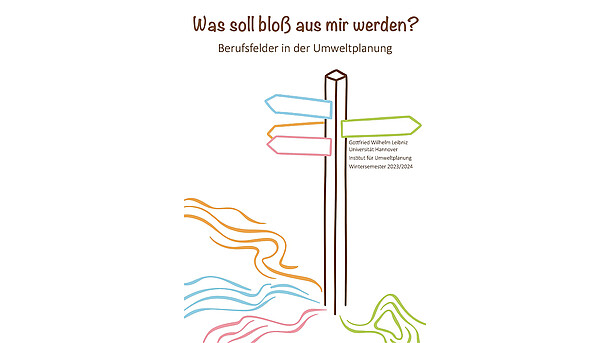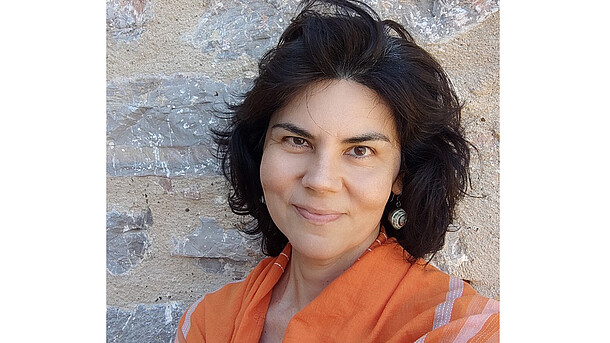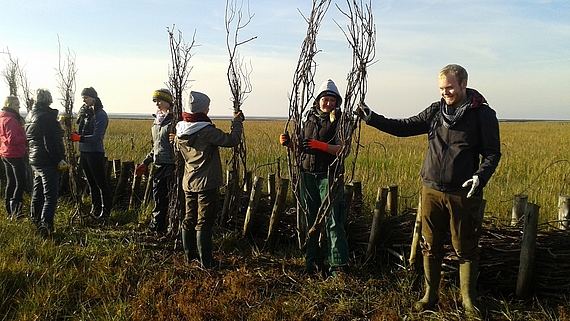
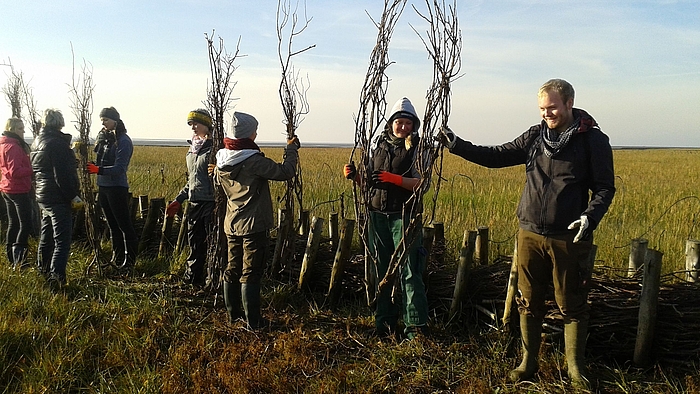
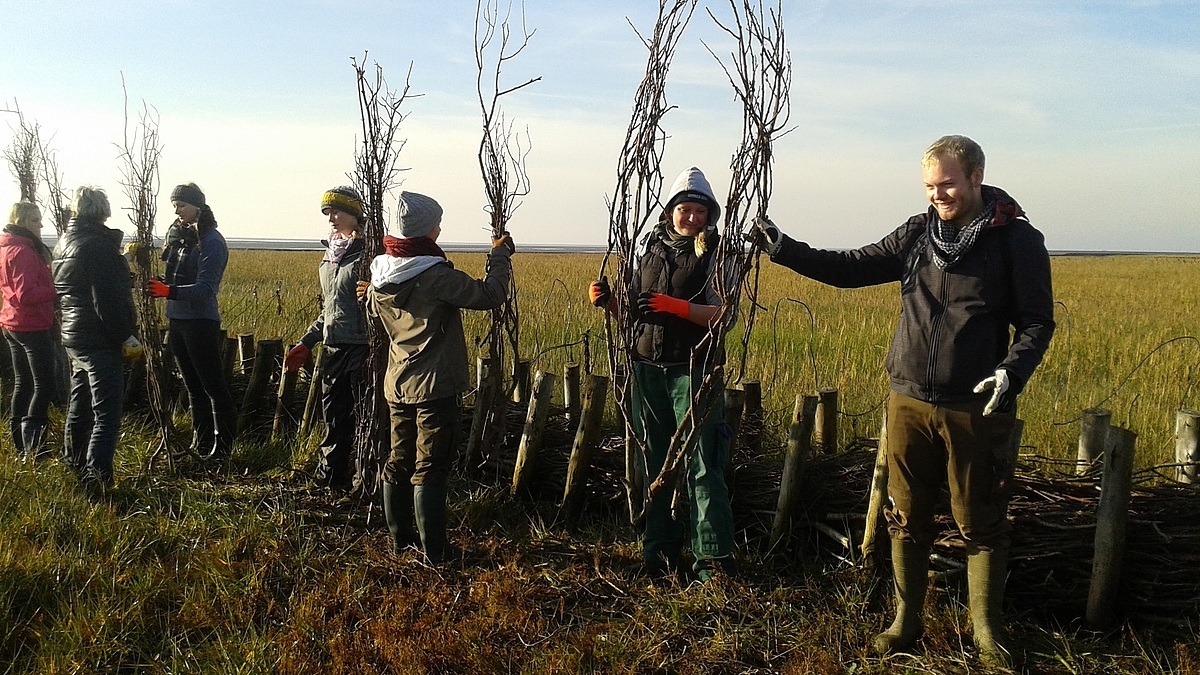
The teaching and research area engineering biology of the IUP conducted an island excursion in cooperation with the Lower Saxony State Agency for Water Management, Coastal and Nature Conservation (NLWKN) from 2 to 6 November 2015. During the five-day construction week on Norderney, the students were able to learn a lot about the area of tension between coastal protection and nature conservation in the Wadden Sea National Park and World Heritage Site. The influence of tourism and communication about coastal protection and nature conservation were also part of the learning content of the excursion. In addition, biological engineering construction measures for dune and dike protection were learned and carried out.
In the national park house "Watt Welten" on Norderney, the students were able to learn about the Wadden Sea World Heritage Site and gain an insight into nature and coastal protection issues. In a guided tour of the island lasting several hours and led by Mr Schulze-Diekhoff (biologist from the NLWKN), these problems were taken up again, deepened and concretised using individual examples.
Some NLWKN employees presented the practical implementation of biological engineering measures, such as the harvesting of beach grass and its spreading as stalk cuttings in the white dune or the construction of bush slopes in the dyke foreland. The students were then able to harvest beach grass under expert supervision in the NLWKN's planting field. They learned what to look out for in "stalk planting" by carrying out this construction method themselves on a section of dune. In addition, after a short introduction, the students were able to independently plant and renew bush slopes in the dyke foreland. Between the bush slopes, the vegetation consisted mainly of salt marsh plants, which were examined more closely during identification exercises.
This year, fortunately, there was the rare opportunity to have a look at the salt marshes in the east of the island. The tour was led by National Park warden Nico Erdmann. Measures for salt marsh renaturation from 2008 were examined. Thanks to the support and guidance of Mr Linders (planning office Eco Plan from Leer), Ms Kraetschmer (grid operator TenneT: organisation within the framework of the replacement measure for the grid connection of the Alpha Ventus offshore wind farm) and Mr Blaurock (site management), it was also possible to visit a salt marsh renaturation under construction and to discuss problems and initial successes of the various engineering-biological measures.
At the moment, two study projects at the IUP are dealing with engineering biology in the field of tension between coastal protection and nature conservation as well as with the renaturation of salt marshes.










